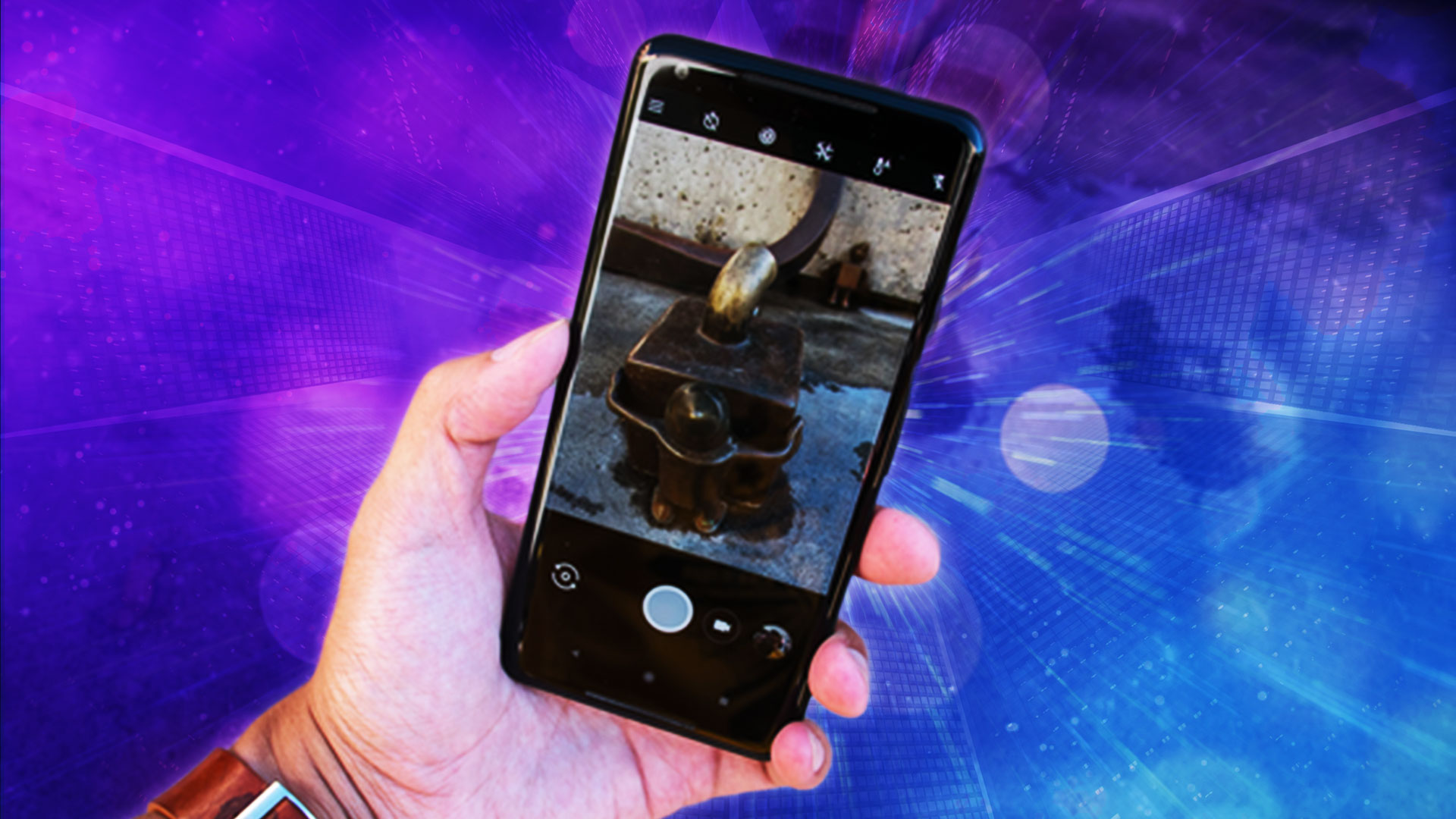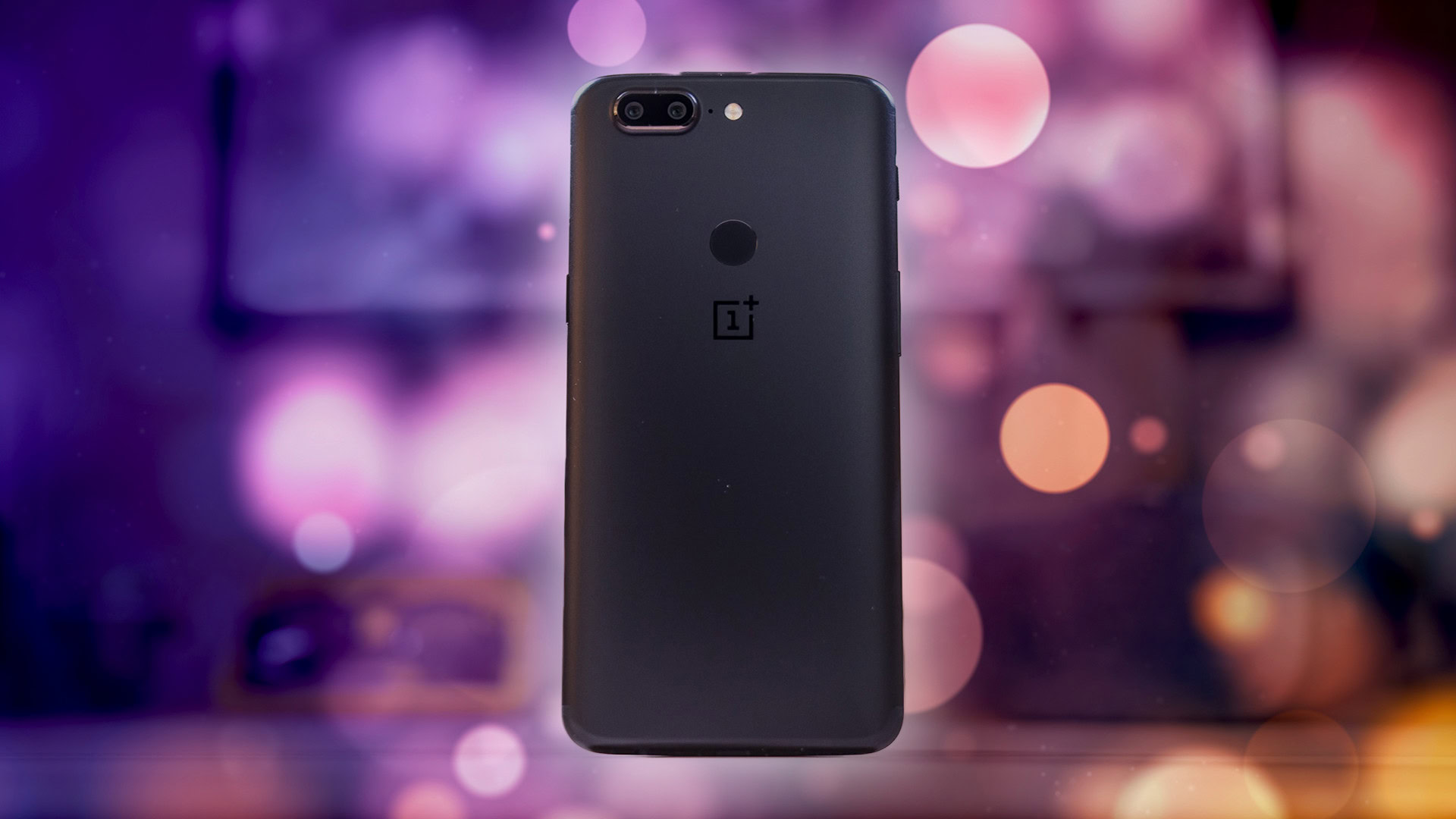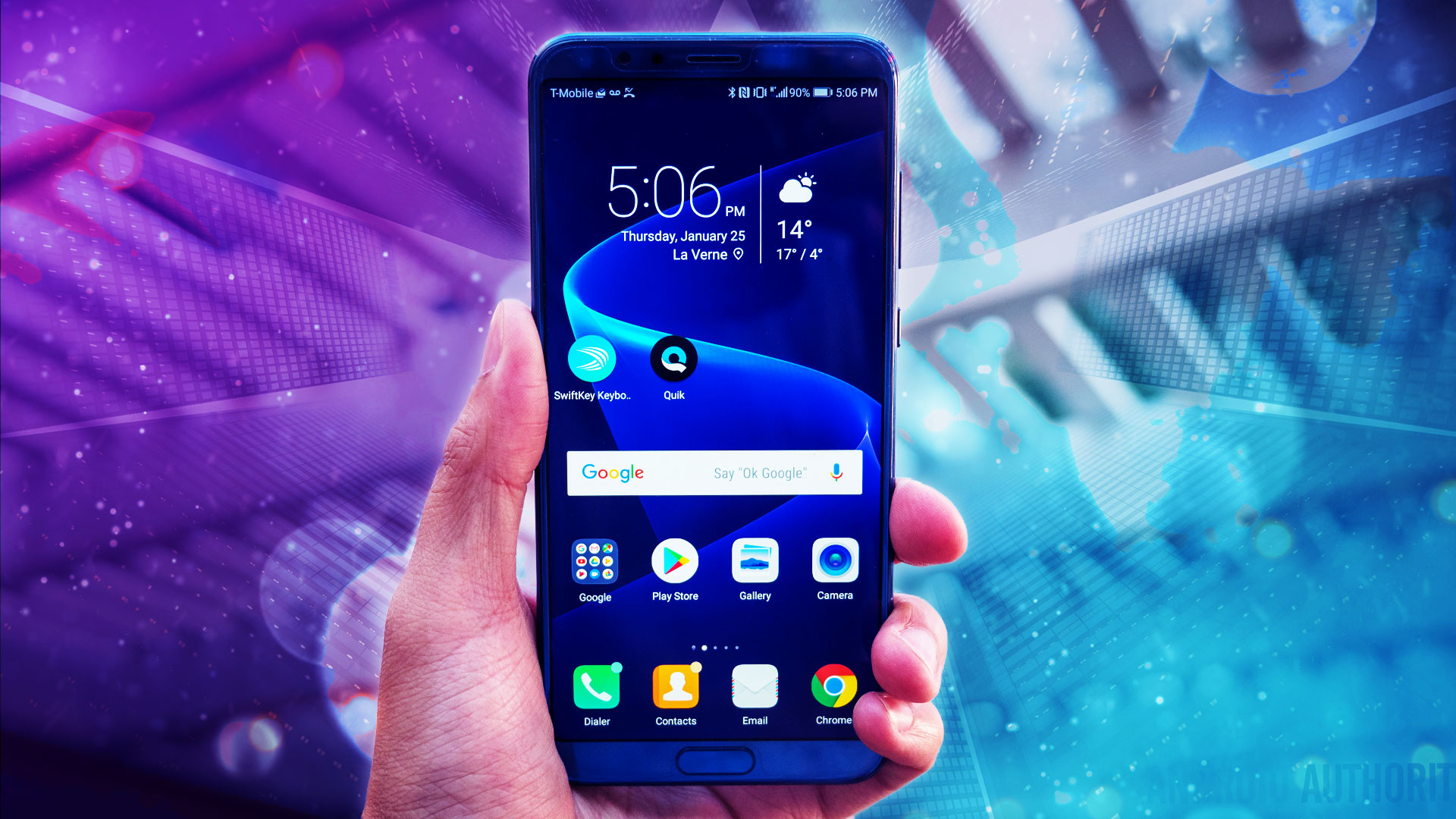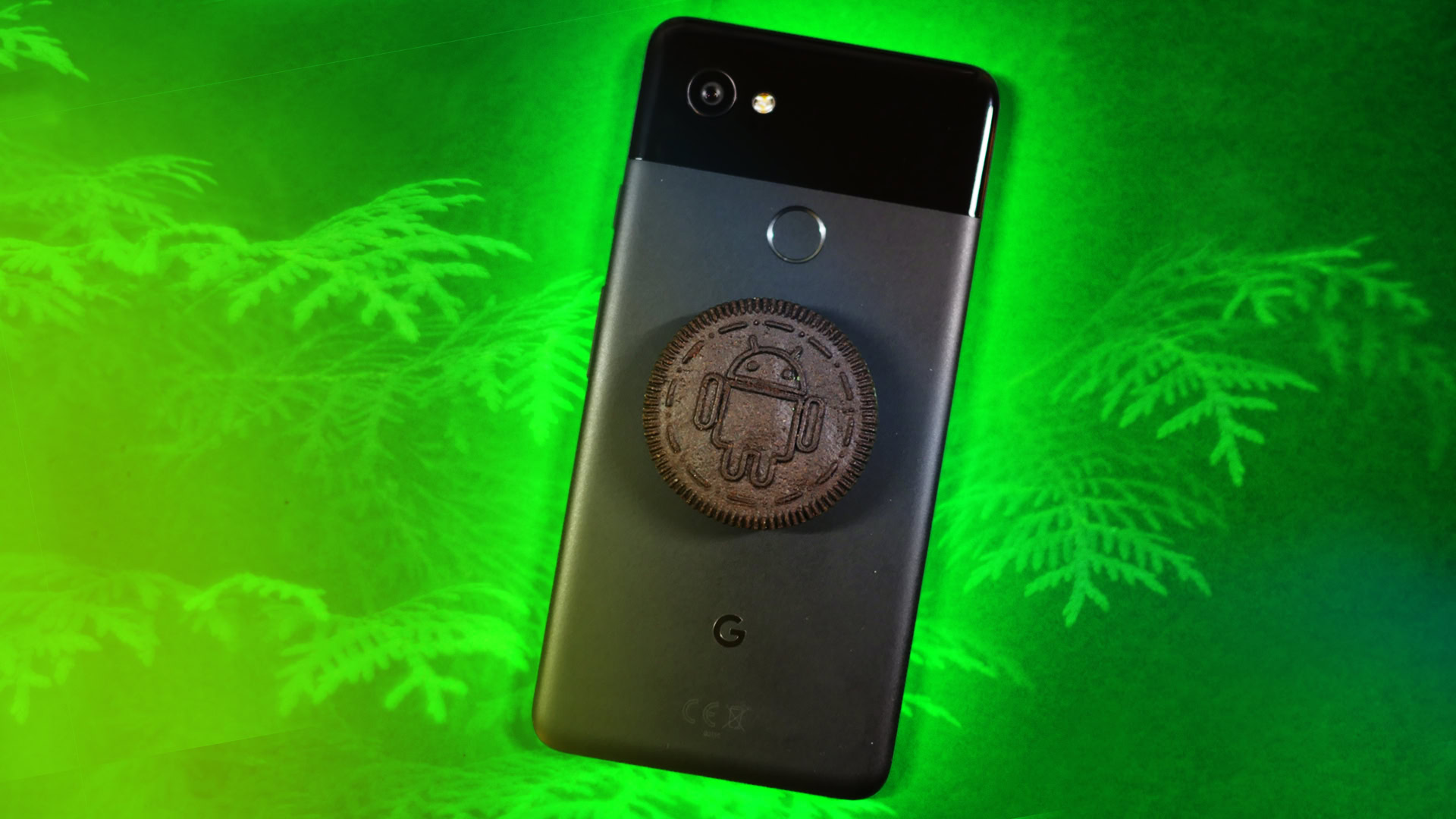Affiliate links on Android Authority may earn us a commission. Learn more.
Pixel 2 portrait mode: how does it compare to other phones?

The Google Pixel 2 is well known for its great camera; a great camera made even better by machine learning and algorithmic processing. Whenever a picture is taken, Google’s massive stash of photo data helps it figure out the most pleasing way to process the picture. This results in some really sharp images with plenty of contrast and accurate colors (despite skewing toward more saturated skin tones). The front-facing camera gets this treatment as well, which is a big deal for users who love taking selfies. With that in mind, we decided to put it up against some of the other big names in the Android space: the Galaxy Note 8, LG V30, OnePlus 5T, and the more recent HONOR View 10. Let’s see how they all stack up!
We started off with some traditional photos, and put the Pixel 2 up against the LG V30 and the OnePlus 5T. The Google Pixel 2 yielded sharper photos than the other two, but you’ll immediately notice just how weakly the LG V30 performed. The front facing camera of the V30 remains one of the main pain points in an otherwise well-regarded experience. Its 5 MP sensor creates soft images that lack detail, putting it firmly behind the higher-powered 13 MP sensor on the OnePlus 5T and the 8 MP sensor on the Pixel 2.
The OnePlus 5T’s camera doesn’t fall too far behind the Pixel 2, even though it packs more megapixels. Our main issue with the OnePlus 5T’s selfie camera is the lack of portrait mode, but the color reproduction on the sensor is also sub-par. However, as we mentioned before, the Pixel 2’s algorithm favors more saturated skin tones. If you prefer your saturation dialed back, the Pixel 2 might be a bit too much for you. You can pull these colors back manually with some editing, but pulling back too far yields results like the 5T. The Pixel 2’s portrait mode does a good job of separating the subject from the background, but there are times when the separation might be too harsh or just plain incorrect. The rear camera of the OnePlus 5T has a portrait mode as well, and it suffers the same issues, occasionally chopping off bits of hair or blurring missing assets in the background.

Then there’s beauty mode, which the Pixel 2 dials back compared to its competition. In the Pixel 2, beauty mode is called “Face Retouching,” and it doesn’t allow for much customization. For most users (especially in the West) this is probably preferable, and Google’s machine learning makes sure not to go too far on the adjustments.
The OnePlus 5T’s beauty mode is also basically just a toggle — there is a single slider for changing the level of the effect, but no fine controls. Keeping the OnePlus 5T at a normal level brought a similar effect to the Pixel 2. Certain marks on the face were removed and other parts were adjusted without making the subject look like a wax figure. If you want more control over the front facing camera beauty mode, sometimes you have to look farther East. Enter the HONOR View 10.

The beauty mode on the HONOR View 10 can be used while recording video, generating softer skin, much softer details all around, lighter skin tones, and other rather wild additions like larger eyes and thinner jawlines. The front facing camera of the HONOR View 10 is a powerful 13 MP shooter, but even with all of these modes off it still skews toward softer results. Soft backgrounds are also achieved with the “bokeh background” setting enabled, though an aperture of f/2.0 will already achieve that kind of look. Going for any more than that will make subject cutout a little inconsistent.
Whether or not the beauty mode is a problem for you is a personal matter. Everyone is different, but markets in Asia favor these kinds of enhancements. The results can get pretty extreme; soft photos already leave out a lot of detail, but bumping up the settings made my photos no longer show my freckles (and I have many). My eyes were almost comically wide. My jaw line was greatly diminished. I looked like a thinner version of myself with almost Barbie-like features. Again, this is not necessarily a bad thing, but I felt the same as I’m sure many in the West will: it’s pretty extreme.
The HONOR View 10 and the Samsung Galaxy Note 8 are fairly similar in this fashion, Turning up the settings to max can make the subject look drastically different. The Note 8 is not quite as egregious with its adjustments, but one feature stands out: “Spotlight.” As the front facing camera detects a face in its frame, the camera software can then add a kind of artificial light to the subject, brightening the face for a better portrait in otherwise dark situations. This sounds like a pretty great feature to have, but it sometimes felt out of place. Live focus is also available for soft depth-of-field backgrounds, but the separation can be hit-or-miss, just like the Pixel.
One aspect to the Galaxy Note 8 to which I will always tip my hat is its video capability. No, you can’t use the beauty mode while recording selfie video, but Quad HD video can yield some good footage, especially when downscaled to 1080p. This is a feature pretty much no other smartphone has, and Samsung has done well to keep it in the front-facing camera for a couple of generations now.

Overall, the main consensus is that the Pixel 2 does a great job with its front facing camera, even if the bulk of the results are heavily processed by software. Google’s algorithms are hard at work ensuring the processing is where it should be, and the results are generally regarded as best in class. Some may think the Pixel 2’s results are over-processed, but overall it’s arguably still a step ahead of the competition for a good selfie. If anything, these results will likely make other manufacturers pay more attention to their front facing cameras can do, and hopefully force them to replicate the same kinds of positive results through hardware or software adjustments.
Let us know what you think about all of these selfies (we took a lot) and what phone you use for your self-portrait!
Related: Best Android smartphone cameras